Haute dogs: How fashion’s finest would dress 11 dogs and one very spoilt cat if only they had the chance
We’ve matched some much-loved breeds to the designers that share their history, temperament and vibe — because why not. Illustrations by Tug Rice.


Afghan hound × Chloé
- Afghan hounds are descended from Afghanistan’s ancient sighthounds — largely considered to be one of the world’s oldest dog breeds, bred to chase game over long distances
- Their famously silky coat was insulation against the harsh cold at high altitude
- The breed is known for its cat-like independence and ‘selective hearing’ — so training requires patience and gentle persistence
- They need space and proper exercise — Afghan hounds can reach around 40mph
- Beneath the aloof exterior, they’re sensitive and deeply loyal to their chosen humans
Why Chloé?
Languid, romantic and a little aloof — the Afghan hound is pure-Parisian boho glamour.

Airedale terrier × Ralph Lauren
- Airedale terriers' originated in the mid-19th-century Yorkshire in the Aire Valley, where they were developed to hunt otters and work as all-round farm dogs
- They are nicknamed ‘the king of terriers’ thanks to courage, brains and versatility
- Airedales worked as messengers, guard and patrol dogs in the First World War
- Energetic and sharp, they need plenty of exercise and proper mentally-stimulating jobs
- They are charming, a little cheeky and superb family companions (when well trained)
Why Ralph Lauren?
Classic, outdoorsy and wholesomely athletic — an Airedale would fit right into a Polo campaign.
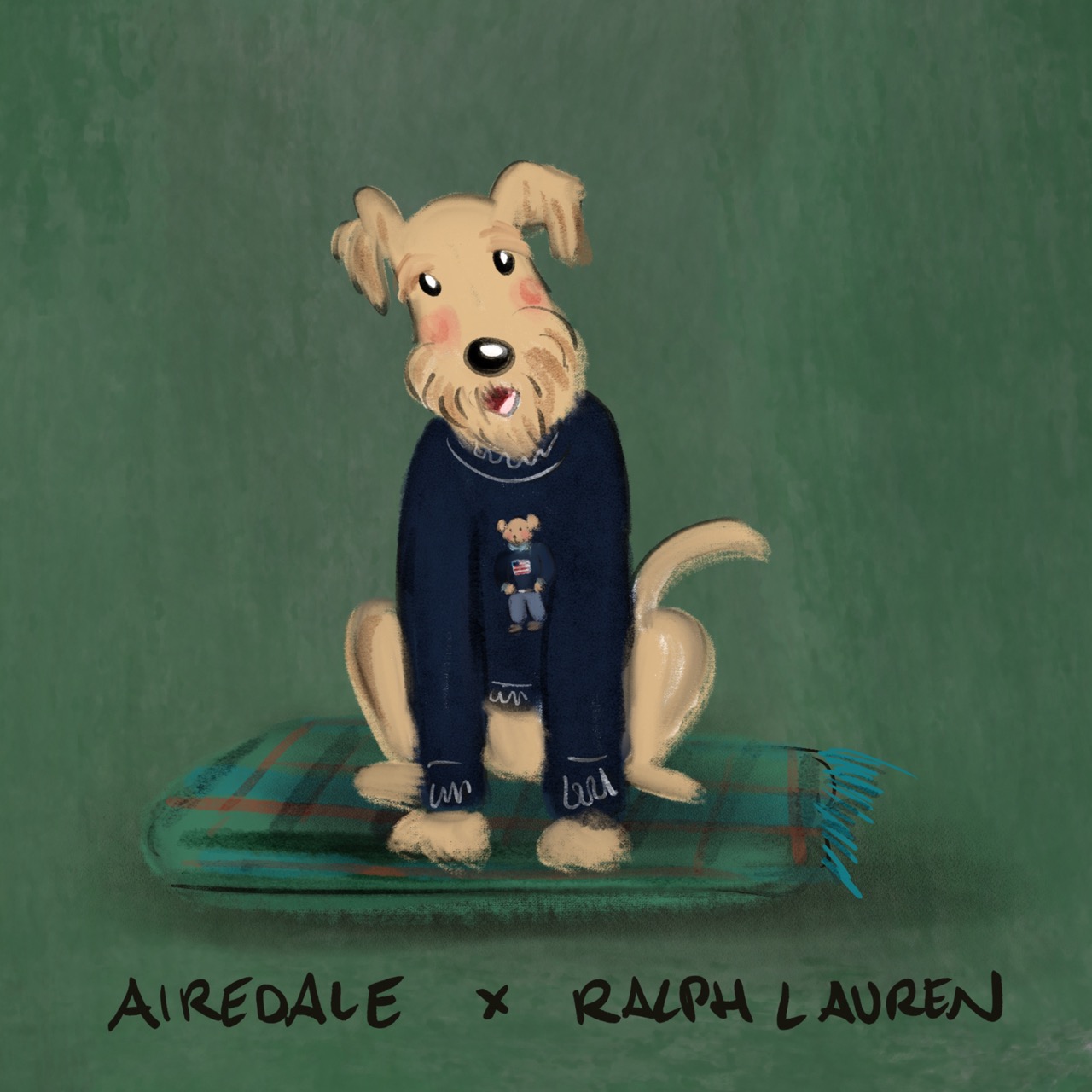
Beagle × Louis Vuitton
- Beagles date to 1830s Britain, though hare-hunting hounds of this type existed centuries before
- They are one of Britain’s classic scent hounds, bred to hunt hare at a steady, enduring pace
- Their nose is world-class — about 220 million scent receptors compared with our 5 million
- Top traits: cheerful, sociable and famously food-motivated (hence their strategic snack-seeking escapades)
- Beagles thrive in active households and need daily opportunities to follow their noses
- They are one of the world’s favourite family dogs thanks to their size and sunny temperament
Why Louis Vuitton?
Curious travellers at heart, beagles are the quintessential go-everywhere companions — and LV is the house of the great journey.
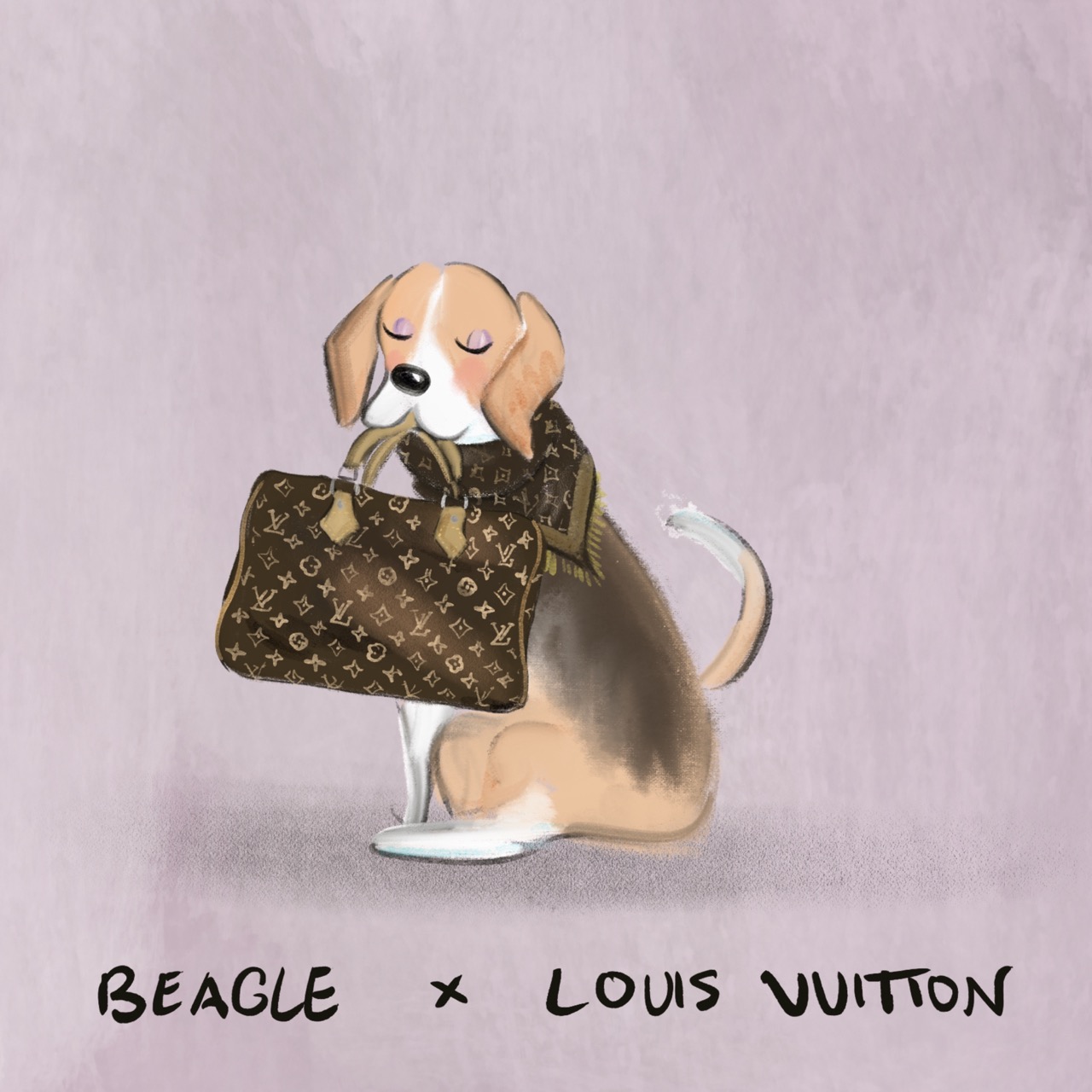
English bulldog × Connolly
- Breed dates to at least the 17th century in England, with the modern bulldog reshaped after the ban on blood sports in 1835
- A symbol of Britain for more than a century — the phrase ‘bulldog spirit’ stuck for good reason
- Originally bred for the sport of bull-baiting, then re-developed as a gentler Victorian companion
- Calm, people-obsessed and endearingly stubborn.
- Their flat faces mean they can overheat easily; careful temperature management is key
- Best suited to quiet homes and owners who enjoy a slower, steadier pace of life
Why Connolly?
Exquisite houses, the beauty of Nature, and how to get the most from your life, straight to your inbox.
Tactile, substantial and quietly distinguished — few dogs could wear a cable-knit quite as convincingly.

Birman cat × Chanel
- This breed of cat was first recognised in 1925 in France, but legend has it that they made their way there from Burma where they were the companions of temple priests — hence their alternative name, ‘sacred cat of Burma’
- They are exceptionally gentle, people-oriented and easygoing — and often described as the dog of the cat world
- Their colour-point coats develop gradually; kittens are born entirely white
- They adore company and do best when someone is home most of the time
- Think: softly-spoken, affectionate and extremely photogenic
Why Chanel?
Pearls, boucle and a birman belong together — and Karl Lagerfeld’s own birman, Choupette, famously became an heiress after his death, which just makes sense.
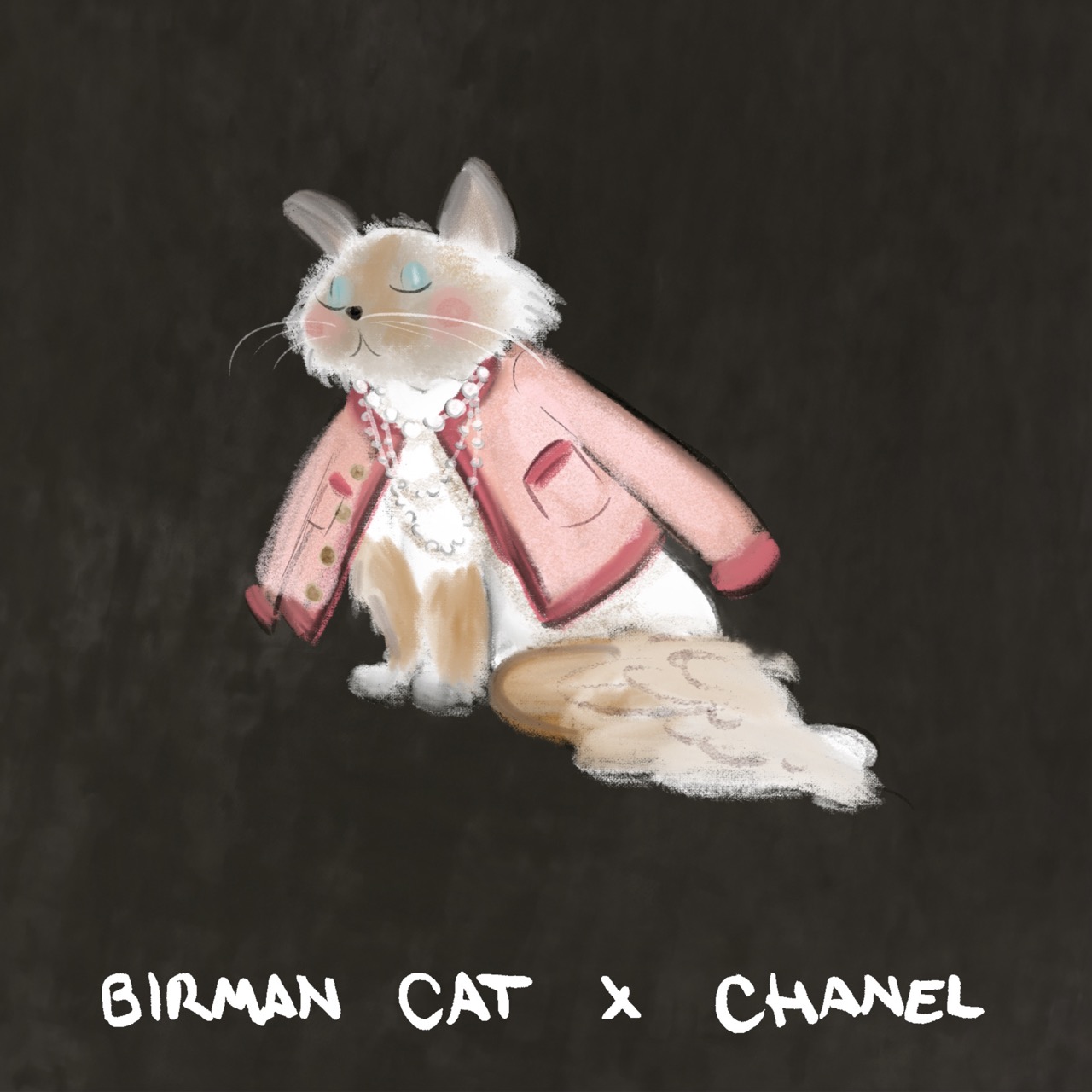
Corgi × Hermès
- The corgi is an ancient Welsh herding dog, with roots likely stretching back more than a thousand years
- These low-slung herders were bred to nip at the heels of cattle, all while staying safely beneath flying hooves
- They are long-time favourites of the Royal Family, giving them built-in cultural prestige
- Bright, bold and surprisingly athletic — the corgi needs more exercise than their silhouette suggests
- They are famous for their big personalities, expressive faces and that unmistakable bottom wiggle
- Corgis thrive in busy homes where they can supervise everything
Why Hermès?
Heritage, craftsmanship and playfulness: the corgi embodies luxury with personality.
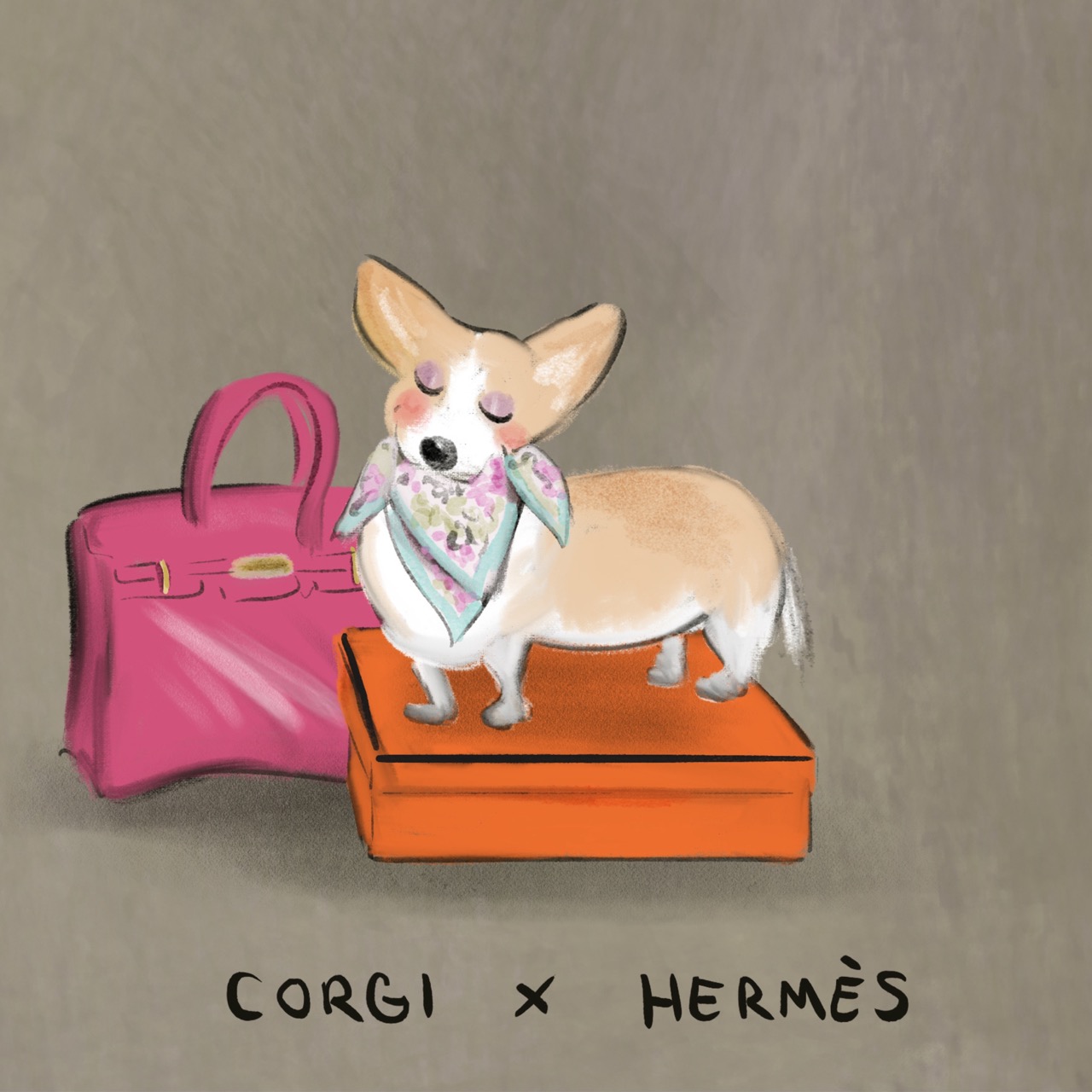
Long-haired dachshund × Brunello Cucinelli
- The dachshund dates to 16th–17th-century Germany, with long-haired types emerging later by crossing smooth dachshunds with spaniels
- They were bred in Germany to pursue burrow-dwelling game — ‘dachshund’ literally means ‘badger dog’
- Small in stature, enormous in personality: the dachshund is bold, clever and, speaking as someone with not one, not two, but three — strongly opinionated
- They need moderate exercise, but lots of mental stimulation — boredom equals chaos
- Long-haired dachshund are deeply bonded little companions who love to burrow under blankets, duvets and (ideally) your legs
Why Brunello Cucinelli?
Soft, warm and quietly luxurious — long-haired dachshunds are basically cashmere with paws.
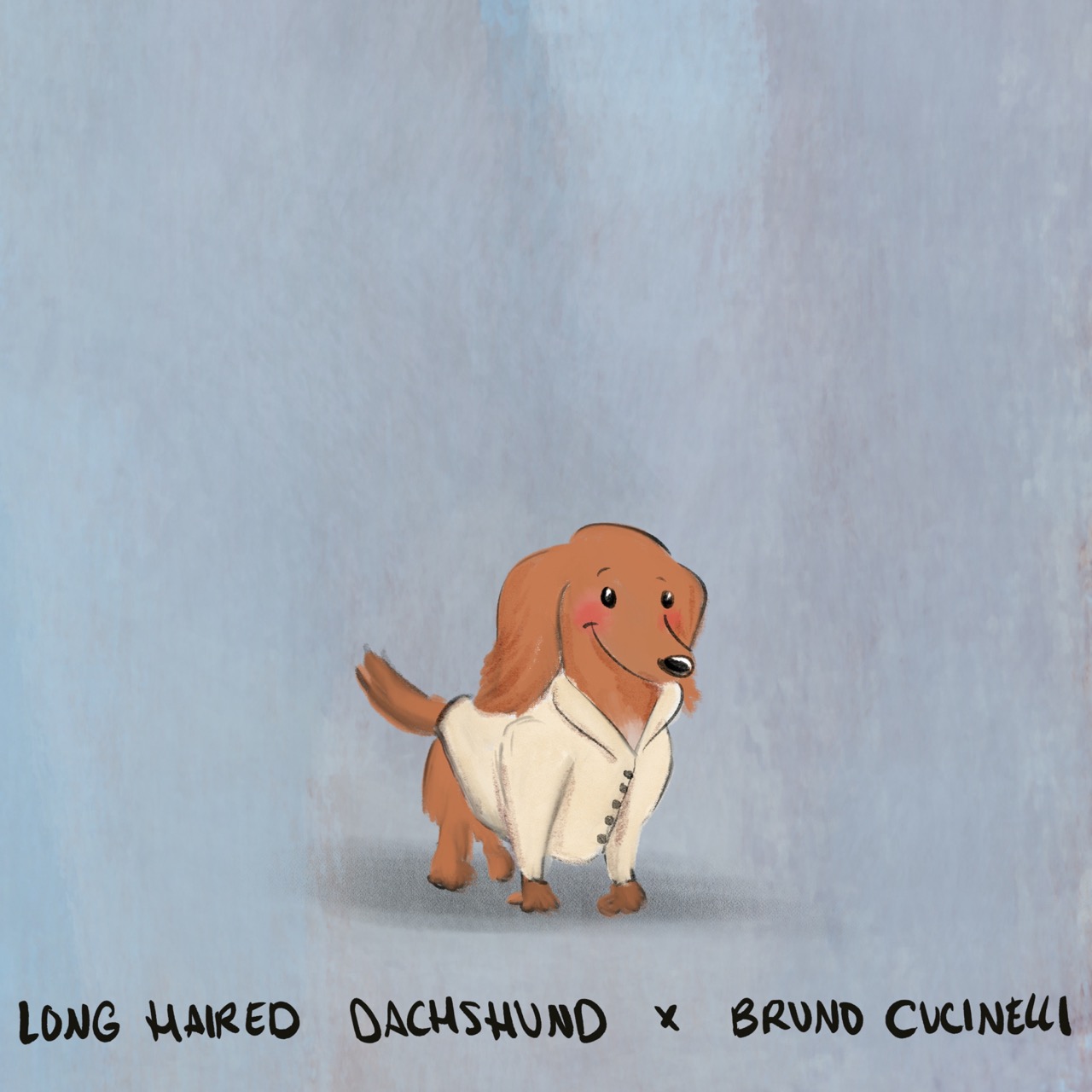
Dalmatian × Dior
- Dalmatians were around as far back as the 14th century, though more detailed descriptions didn’t begin to emerge until the 18th century, in the Dalmatia region of Croatia
- They were originally used as hunting dogs before taking on their iconic role as carriage dogs
- Their traditional jobs included running next to coaches and fire wagons, guarding horses and clearing the road
- They are athletic and have lots of energy; they need proper daily exercise
- You will need to be a confident and consistent owner; these are intelligent and strong-willed dogs
- Puppies are born pure white; their spots appear gradually
Why Dior?
Glamour, sharp silhouettes and an innate sense of theatre — a Dalmatian has the elegance of a tailored Dior suit.

Fox red labrador × Burberry
- The Fox red labrador’s origins can be found in 19th-century Newfoundland, where labradors descended from St John’s water dogs. Fox red is an old shade of yellow from early working lines
- Labradors were originally ‘employed’ as fishermen’s helpers before becoming Britain’s essential gundog
- Famous for being biddable, kind and gloriously food-obsessed — unattended food is not safe around a labrador
- They are renowned family dogs and steady partners in the field
Why Burberry?
Burberry and labradors are both at home in the British countryside, practical, stylish and timeless.

Poodle × Celine
- Poodles were originally bred as water retrievers and date to the Middle Ages. They are among the most intelligent dog breeds
- Their famous haircuts were originally designed to increase their speed in water; the hair was left ungroomed in areas where the dogs needed more insulation, including their joints
- Poodles come in three sizes — toy, miniature and standard — much like the Celine Luggage Tote (Nano, Micro and Mini)
- They need plenty of mental and physical work: training and games keep them content
- Poodles are often recommended to allergy-sufferers because they shed less, though no breed is truly hypoallergenic
Why Celine?
Clean lines, sculptural, modern and a touch aloof — a poodle matches a Celine silhouette.
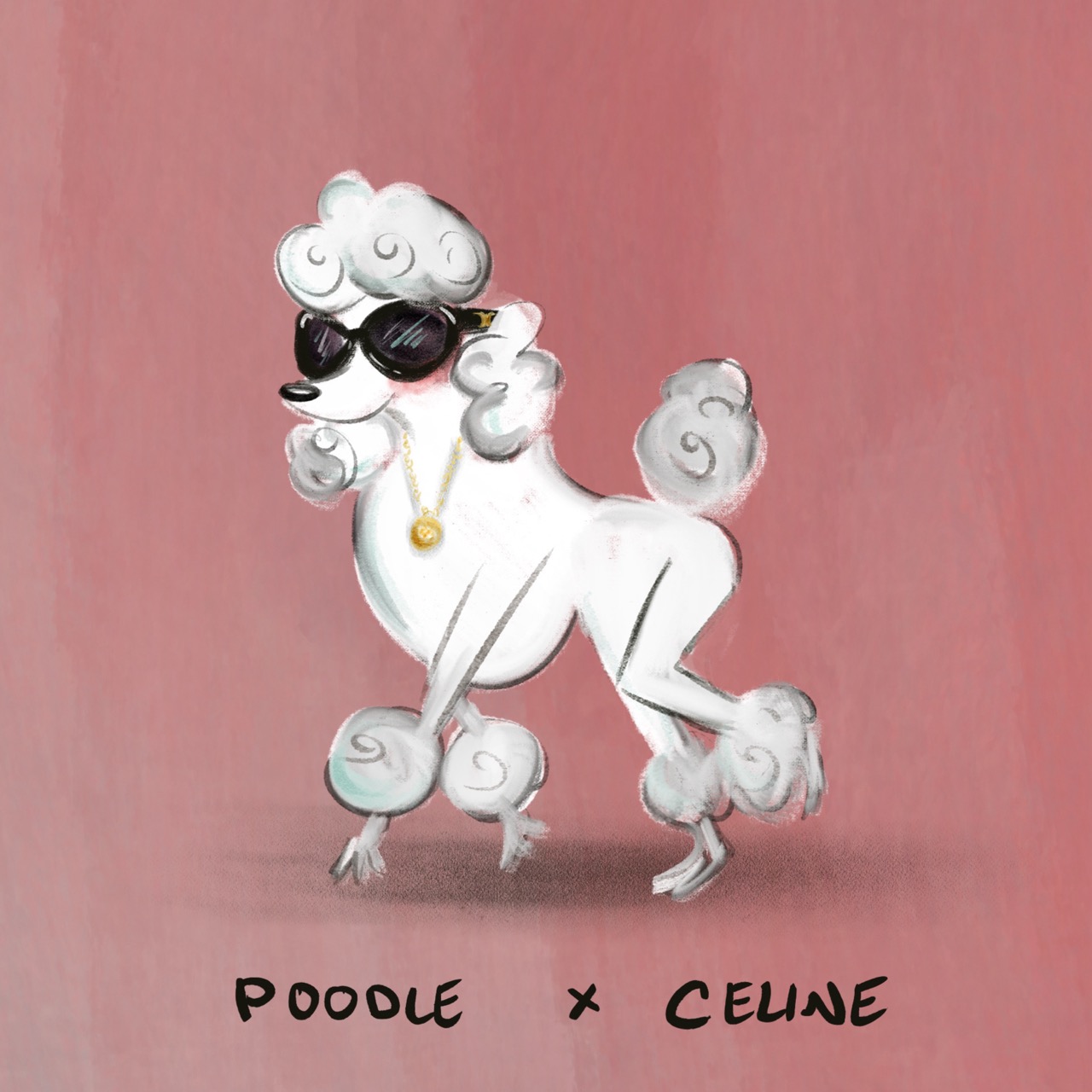
Springer spaniel × Barbour
- The springer spaniel was formally recognised in 1902, though similar spaniels worked in Britain for centuries prior
- A classic British gundog, this particular breed of spaniel is named after its knack for ‘springing’ game from cover
- They are exceptionally energetic, affectionate and very people-focused; the fact that they were bred to work all day means that they need proper daily exercise and stimulation
- Springers are highly trainable and widely used as detection dogs thanks to eagerness and nose power
Why Barbour?
Mud-ready, weatherproof and happiest in a hedgerow — a springer is the Barbour lifestyle in dog form.

Weimaraner × Giorgio Armani
- The Weimaraner first appeared in the early 19th century, having been developed at the court of the Grand Duke of Weimar in Germany
- It was bred to be a versatile hunting dog for noble families, capable of pursuing both large and small game
- Weimaraners are nicknamed ‘the grey ghosts’ for their sleek silver coat and striking pale eyes
- They are intelligent, sensitive and intensely bonded to their people, and need substantial daily exercise plus proper training and mental work
- They are also graceful and athletic and obedient, and and thrive at scent work and running
Why Giorgio Armani?
Minimal, tailored and unmistakably sleek — a Weimaraner looks permanently dressed for an Armani runway.
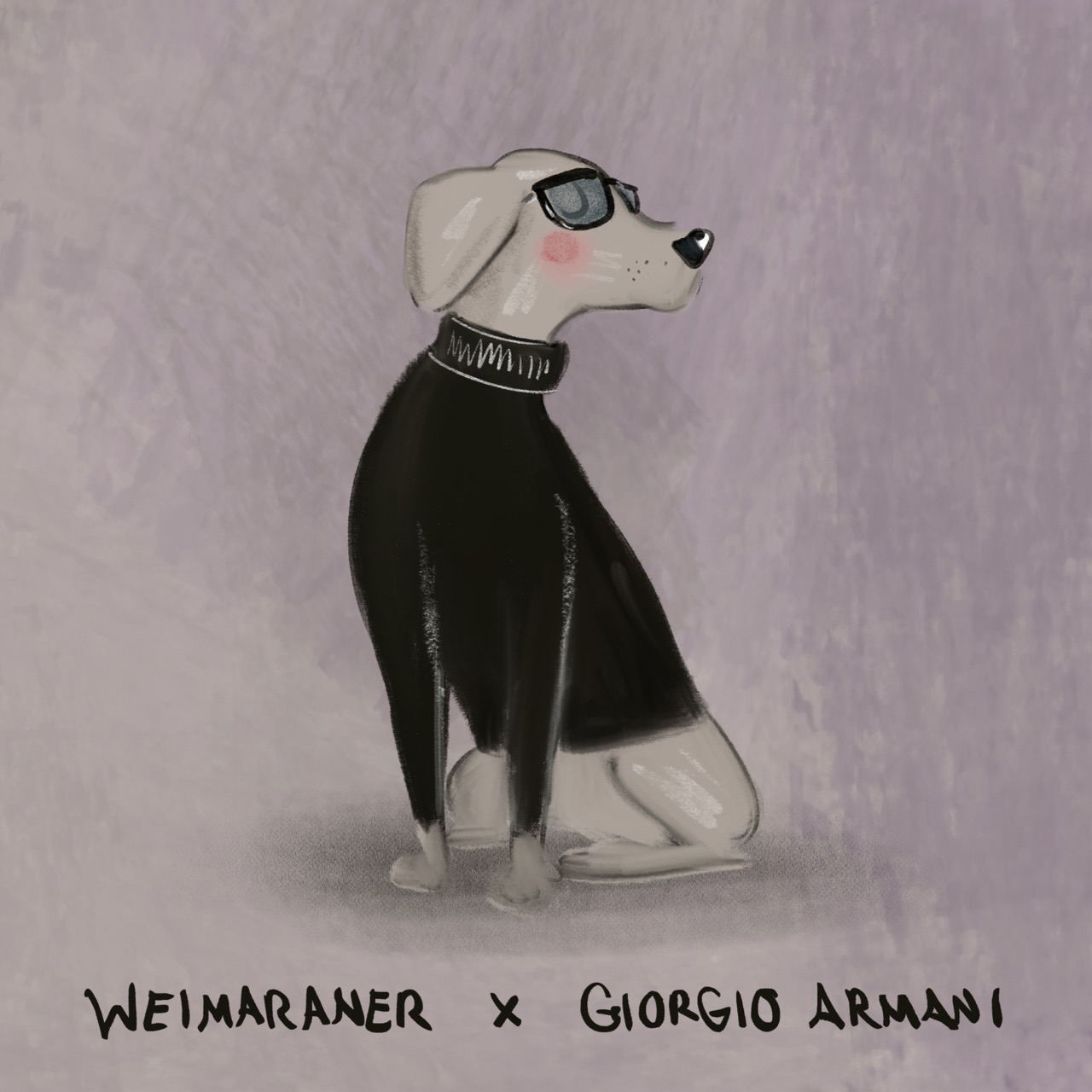
Florence is Country Life’s Social Media Editor. Before joining the team in 2025, she led campaigns and created content across a number of industries, working with everyone from musicians and makers to commercial property firms. She studied History of Art at the University of Leeds and is a dachshund devotee and die-hard Dolly Parton fan — bring her up at your own risk unless you’ve got 15 minutes to spare.
-
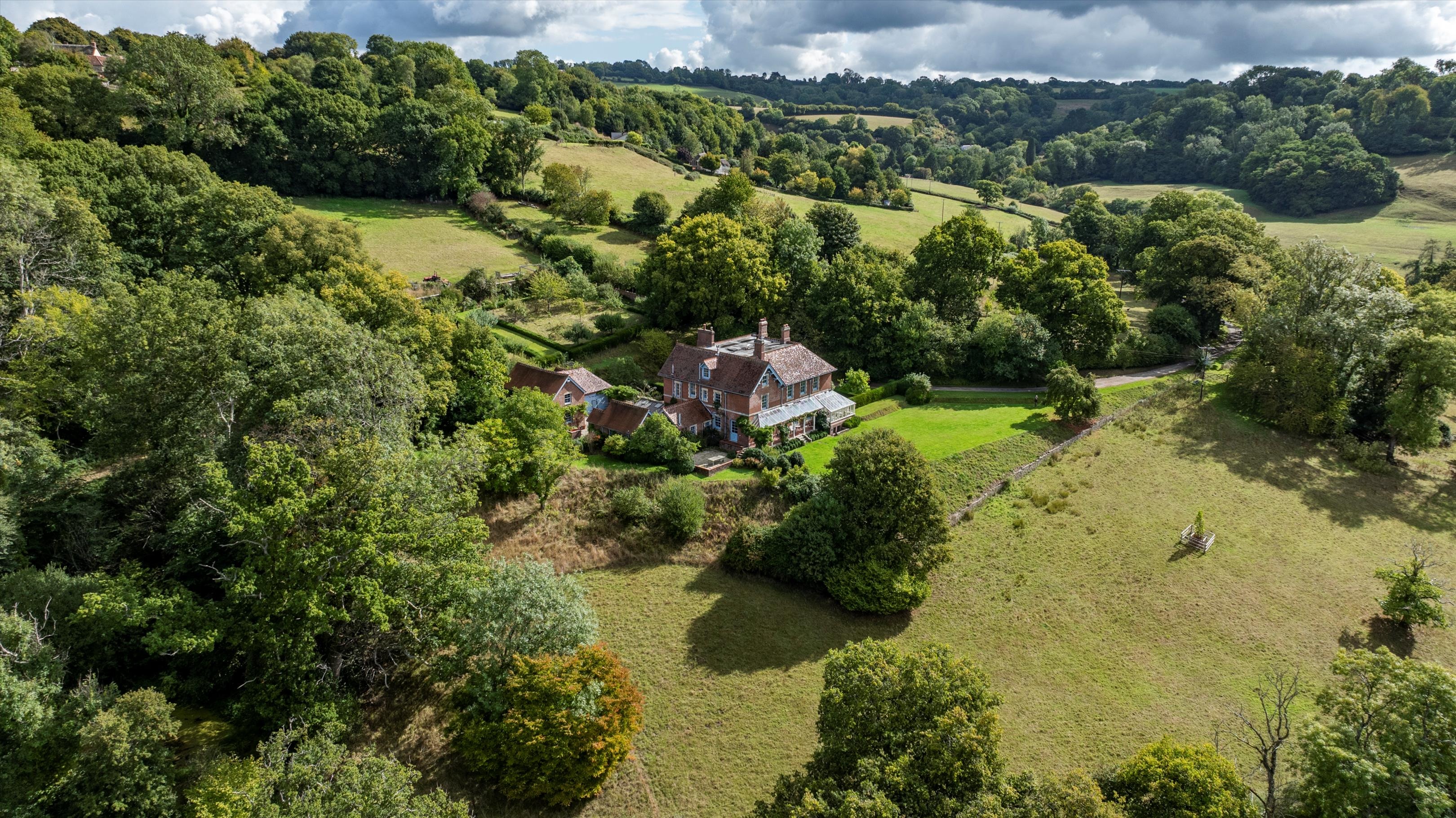 Utterly wonderful country homes for sale across Britain, from a 10-bedroom mansion to a Devon hideaway, as seen in Country Life
Utterly wonderful country homes for sale across Britain, from a 10-bedroom mansion to a Devon hideaway, as seen in Country LifeFrom an irresistibly charming house in Devon to a 400-year-old commutable home in Hertfordshire, here's our pick of some of the best homes to come to market via Country Life in the past week.
-
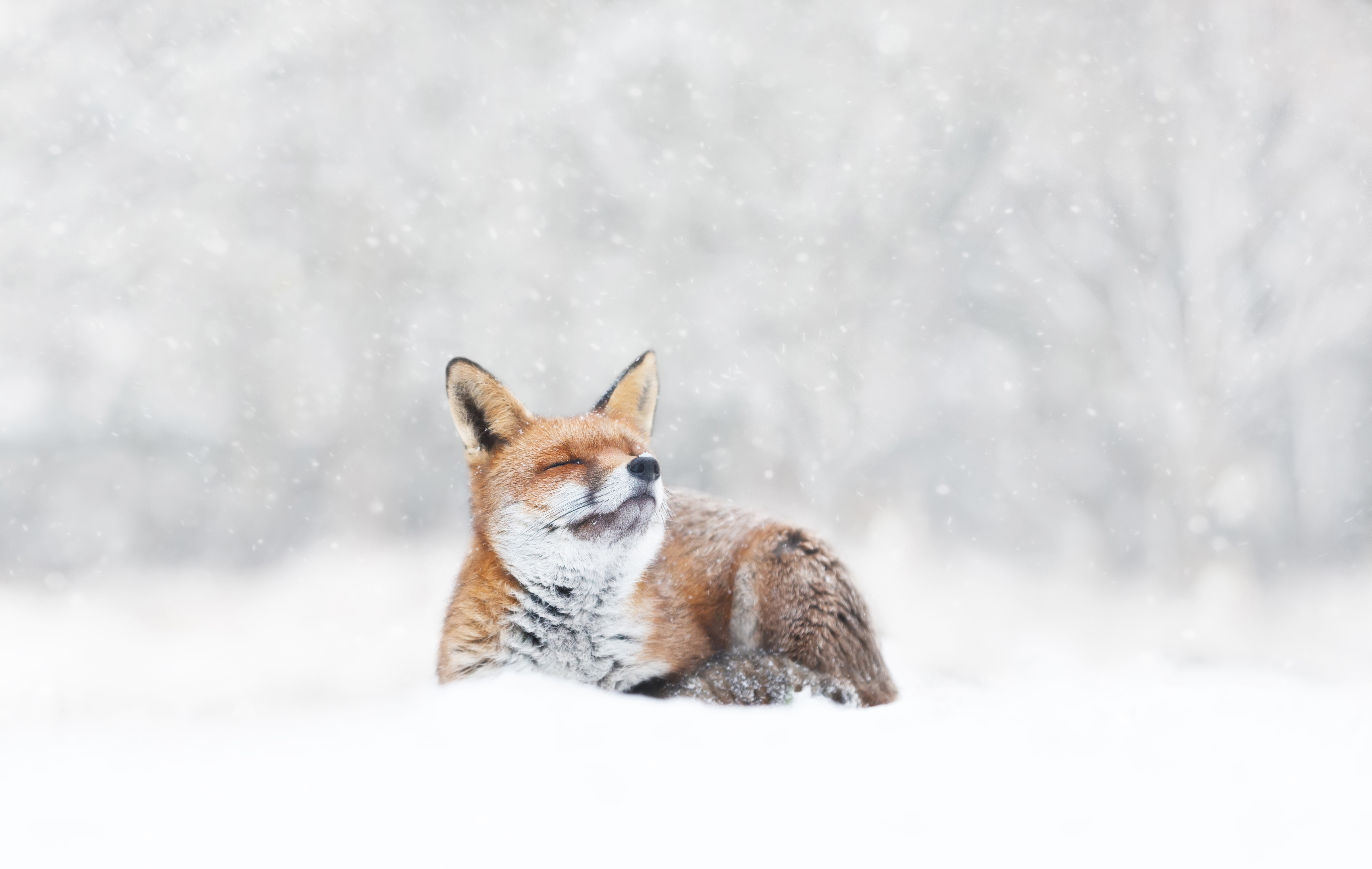 Baby, it’s cold outside (even if you have a natural fur coat): How our animals brave the winter chill
Baby, it’s cold outside (even if you have a natural fur coat): How our animals brave the winter chillWhen the temperature drops, how do Britain’s birds, beasts and plants keep the cold at bay? John Lewis-Stempel reveals Nature’s own thermals.
-
 Baby, it’s cold outside (even if you have a natural fur coat): How our animals brave the winter chill
Baby, it’s cold outside (even if you have a natural fur coat): How our animals brave the winter chillWhen the temperature drops, how do Britain’s birds, beasts and plants keep the cold at bay? John Lewis-Stempel reveals Nature’s own thermals.
-
 'Love, desire, faith, passion, intimacy, God, spiritual consciousness, curiosity and adventure': The world of Stanley Spencer, a very English visionary
'Love, desire, faith, passion, intimacy, God, spiritual consciousness, curiosity and adventure': The world of Stanley Spencer, a very English visionaryStanley Spencer’s talent for seeing the spiritual in the everyday, his stirring sense for the wonder of Nature and his love for the landscapes of Berkshire and Suffolk shaped his art, as Matthew Dennison reveals.
-
 The tourbillon watch is a masterpiece of order born out of tumult and disarray
The tourbillon watch is a masterpiece of order born out of tumult and disarrayWhat is it that makes the tourbillon — one the most beguiling instruments in watchmaking — tick?
-
 What a report on the spending of female billionaires tells us about the future of museum collections
What a report on the spending of female billionaires tells us about the future of museum collectionsBetween 2015 and 2024, the number of female billionaires grew from 190 to 344. Could this be good news for the art world?
-
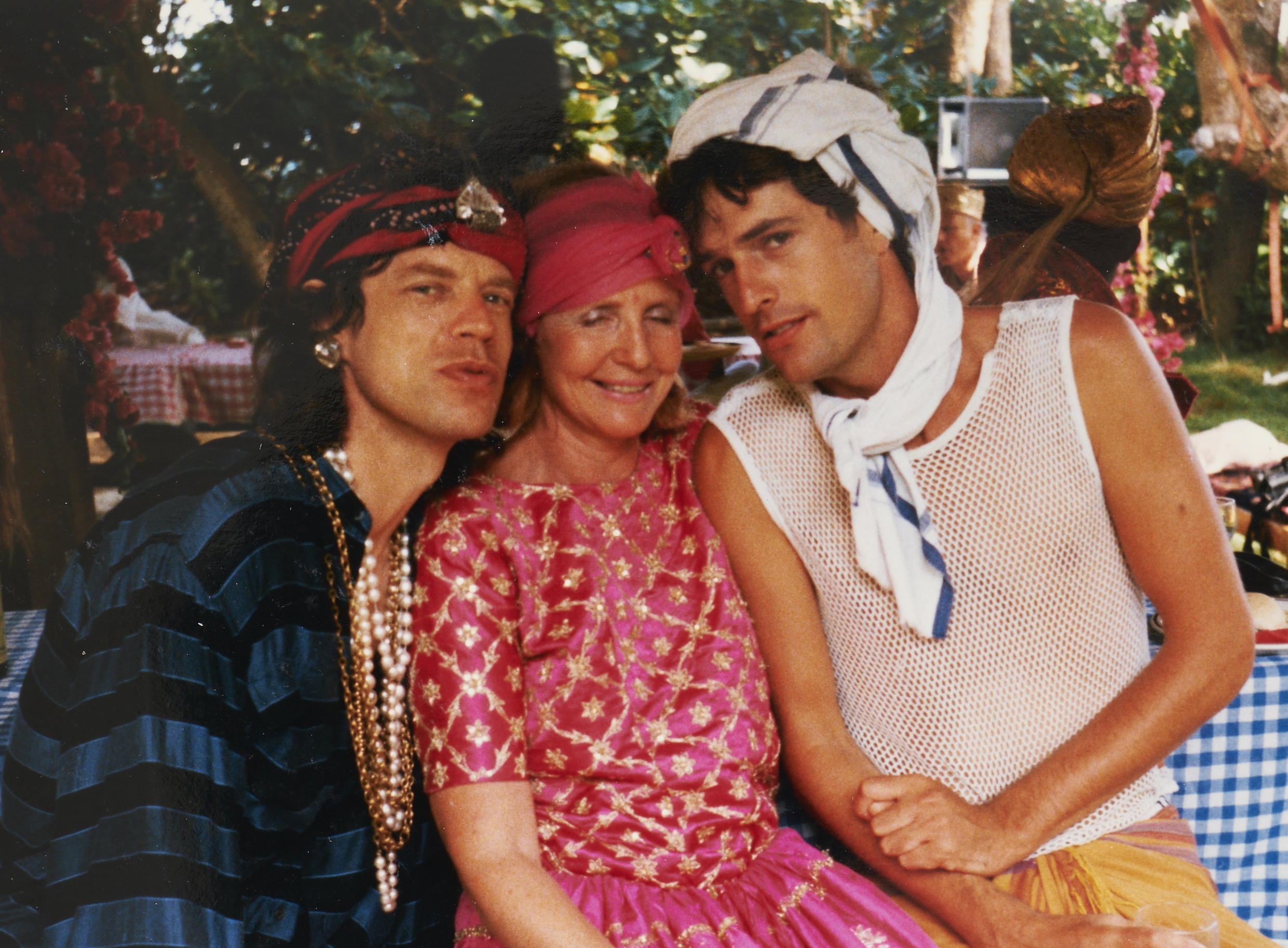 Items from the collection of Lady Glenconner are going under the hammer, including a nine-carat gold Cartier box gifted to her by Elizabeth II
Items from the collection of Lady Glenconner are going under the hammer, including a nine-carat gold Cartier box gifted to her by Elizabeth II‘I have had such great pleasure living with these wonderful objects, each telling their own fascinating story.’
-
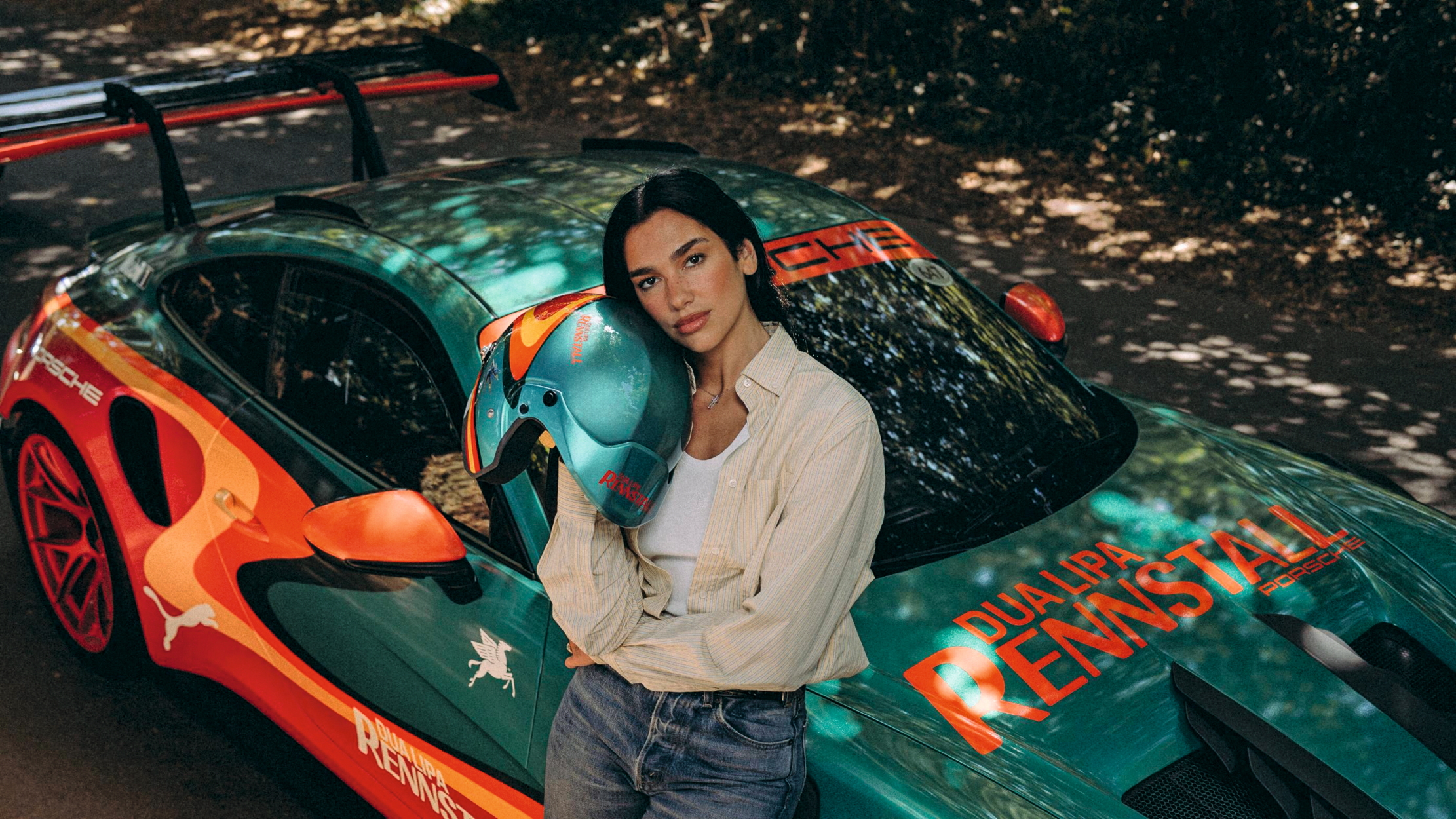 What do women want (on wheels)?
What do women want (on wheels)?James Fisher gets to drive fast cars for a living, but are sleek lines and high horsepower quite the 'babe magnets' so many men think they are? On a quest to find the truth, he dared do the unthinkable.... which was to just ask them.
-
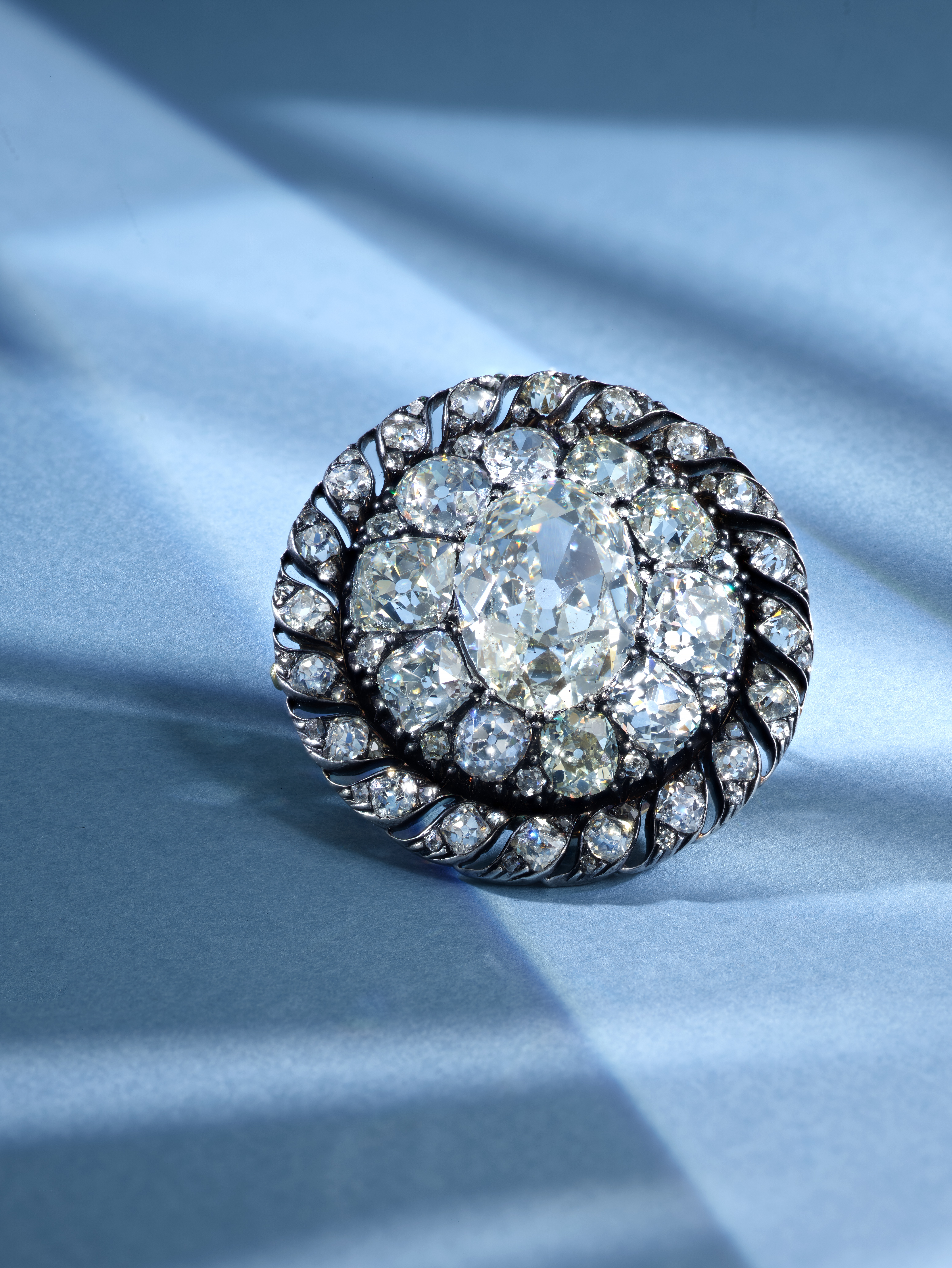 Cheaper to steal than to buy: Napoleon's brooch sells for £4.4 million – 17 times its estimate
Cheaper to steal than to buy: Napoleon's brooch sells for £4.4 million – 17 times its estimateNapoleon's one-of-a-kind brooch went under the hammer and vastly outstripped its pre-sale estimate.
-
 Savile Row might be the beating heart of bespoke men's tailoring, but it was named after a woman
Savile Row might be the beating heart of bespoke men's tailoring, but it was named after a womanSavile Row is the home of the bespoke suit, but its history is a lot more colourful than you might expect.
